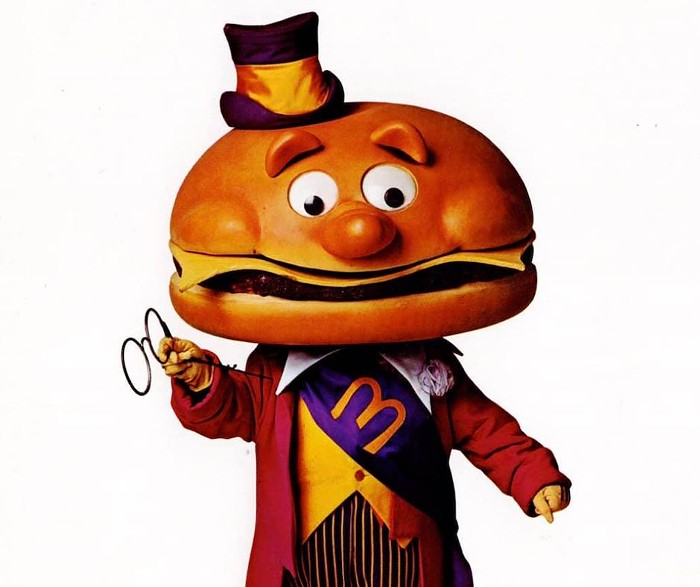The art of Jessica Jackson Hutchins has been known to befuddle upon first glance: Her sculptures and works on paper can easily seem crudely unfinished or confoundingly half-baked, when seen through unsympathetic eyes. The rest of us, however, are captivated by the refreshing lack of polish with which Hutchins sends her pieces into the world, serenely comfortable with their dignified imperfections.
The title of her new show, Hours and Ours, suggests a partnership that drags on against the indifferent passage of time—a reading hardly negated by the exhibition's 32 drawings from 1999.
The verb tense of "Oh Yes We Were Fucking!" suggests both a present dearth of said activity, and a provoked confession. The drawing's small, glittered rectangle has double-bed proportions, but refuses to spill any other secrets. In "Suicide King," a playing-card monarch's crown and raised arm are isolated, his sword-through-head gesture left intact. Relieved of his facial identity, though, the one-time king is little more than an implosive and impotent figurehead. "Arrest" sports another sort of monarch: a luminous butterfly illustration. But instead of being affixed to the paper with glue or Scotch tape, the fragile creature is pinned to the paper by a leaden strip of gray duct tape that bisects one of its wings.
Hours and Ours also features three new sculptures and a recent video. "Still Life: Chair, Bowl, and Vase," exemplifies the sort of abject intimacies characteristic of Hutchins' best work. Using a tattered armchair as a base, the artist bulked up the chair's surface with chickenwire and papier-mâché, creating a lumpy and unsightly growth that spills over the seat and arms. The rolling blobs and valleys, however, cradle the piece's titular, handmade bowl and vase, both of which look safe and at home, despite the chair's superficial imperfections. In fact, they create something of a perfect balance.
Hutchins' video in the back gallery, "Sun Valley Road Trip," is perhaps Hours and Ours' most subtle work, but it, too, reveals complex explorations of relationships in surprising ways. See for yourself: The themes emerge from the piercing howls of the crying baby, the tender, wordless feeding scene, and the foothills outside the car, as majestic—but more emotionally true—than any mountain Alfred Bierstadt ever rendered.












